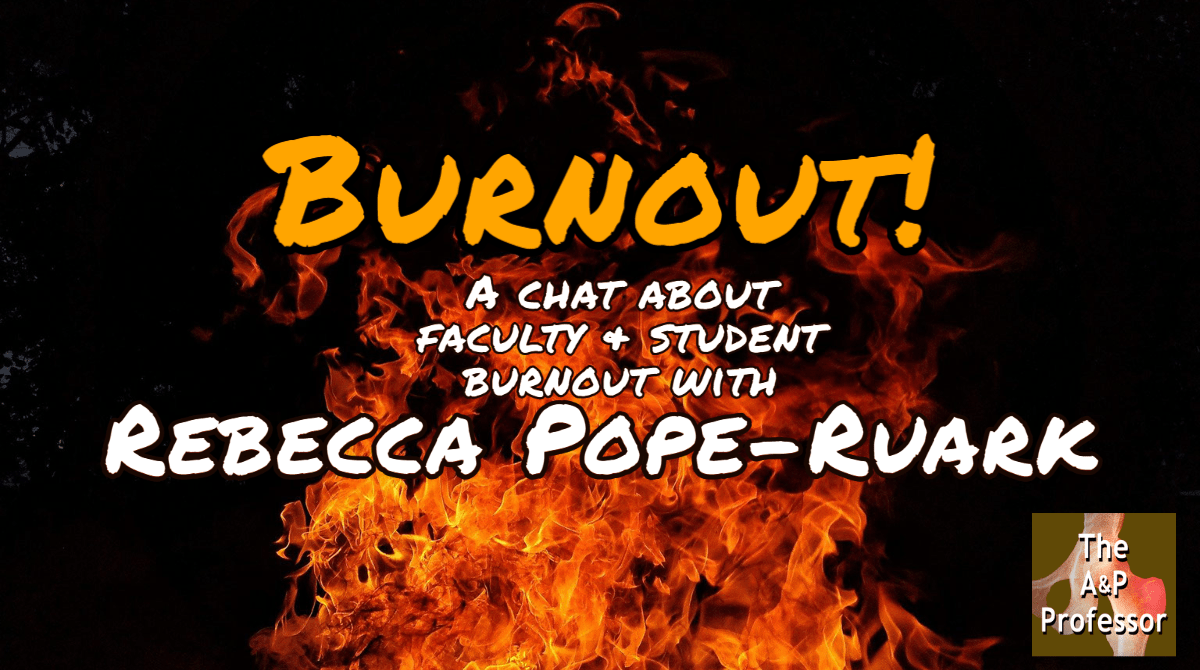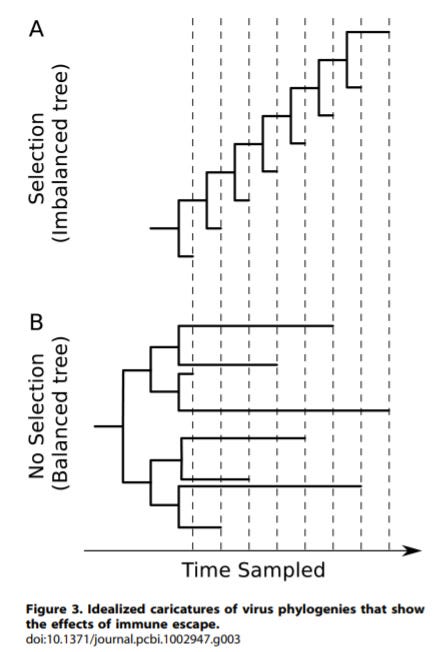Sci-Ed Update 287
Faculty burnout, new COVID strain, psychological immune system, COVID damage to innate immunity, brain hack for learning, plant vs animal protein, antibodies preserved in teeth, mDNA in Maui forensics
Walking Faculty Back from the Cliff
Let’s get serious: educators are burned out. Like many workers who struggle with low pay, lack of advancement opportunities and feeling disrespected, higher education faculty members struggle to keep it together because of exhaustion and the lingering impacts of the COVID-19 pandemic. Some argue that reports of faculty burnout are misleading and tantamount to a “culture of victim-seeking.” However, that misses a critical point: burnout among faculty is a concern because many are leaving for employment in other sectors. Before things can improve, we must understand faculty members’ experiences and provide positive pathways forward.
Lesson No. 1: Faculty Are Exhausted and Worn-out
Lesson No. 2: Faculty Most Value Being Able to Do Their Job
Lesson No. 3: There Are Solutions
Read more→ AandP.info/oe1
Burnout! A Chat with Rebecca Pope-Ruark
Burnout is a serious issue that can affect your health, relationships, and job performance. It’s important to know the signs of burnout so you can take steps to prevent it from happening in the first place. But if you do experience burnout, don’t panic! There are ways for you to get back on track and feel good again. Listen to this episode of The A&P Professor with Dr. Rebecca Pope-Ruark about how we can avoid, deal with, or be there for others experiencing burnout! You’ll be glad you did!
00:48 | Rebecca Pope-Ruark
04:08 | Burnout & How to Fix It
19:59 | Reducing Academic Burnout
35:59 | Student Burnout
To listen to this episode, click on the player (if present) or this link→ theAPprofessor.org/podcast-episode-91.html
A new variant: BA.2.86
We have a new COVID-19 variant—BA.2.86—turning heads even among the calm, cool, and collected scientists.
Epidemiologically, we don’t know whether this will cause a wave yet; it may be a dud. But with more cases, it becomes more likely. Again, we are flying blind. We don’t have testing or case data like we did 2 years ago.
Bottom line: We have a new variant on the horizon. We are in a lull now, waiting for the virus’s next move and for science to answer some key questions. Things should become more clear in the next two weeks.
Read more→ AandP.info/vts
The Psychological Immune System
The threat posed by non-infectious disease agents to human survival is coming to the fore once again, driven by the obvious challenges of dealing with health-related high-risk behaviors, misinformation, disinformation, and fake science. Much work is being done in this field, showing that a complex array of cognitive and affective processes is at work to help humans stay away from pathogenic objects and situations.
This series of processes is termed the psychological immune system (PIS) or behavioral immune system (BIS). The rationale behind the existence of this system is the need to recognize and respond to potentially disease-causing cues.
What is the PIS?
First postulated by Olah, the PIS is taken to be a unified system of cognitive, motivational, and behavioral patterns that help the individual to rebound from stress, develop in a healthy manner, and cope with problems. In this aspect of psychological immunity, it may be described as the defense systems of the mind.
“Among whatever other laws there are about belief change, we have reason to believe that there is a basic psychological immune system at work, constantly adjusting beliefs to ward off serious threats to one's sense of self.”
Read more→ AandP.info/n8i
Here’s another one→ AandP.info/dru
Severe COVID-19 may lead to long-term innate immune system changes
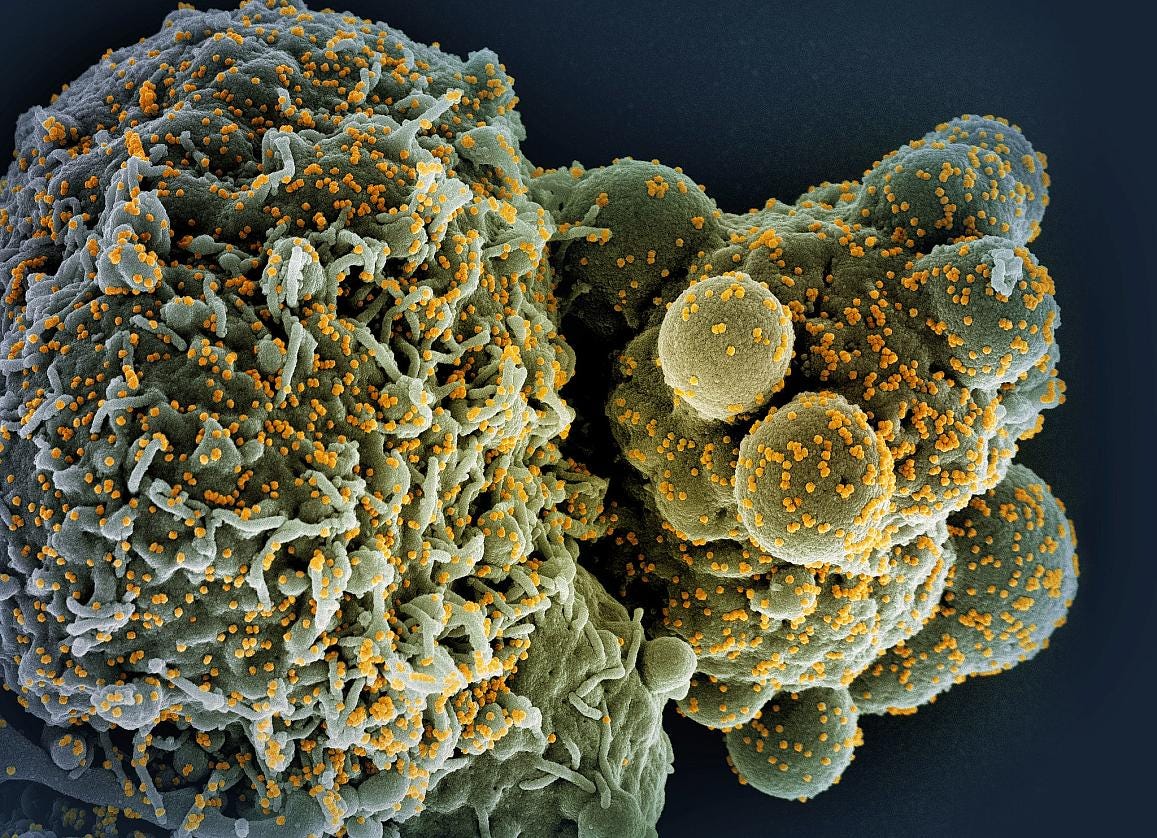
Severe COVID-19 may cause long-lasting alterations to the innate immune system, the first line of defense against pathogens, according to a small study funded by the National Institute of Allergy and Infectious Diseases, part of the National Institutes of Health. These changes may help explain why the disease can damage so many different organs and why some people with long COVID have high levels of inflammation throughout the body. The findings were published online today in the journal Cell.
Researchers led by Steven Z. Josefowicz, Ph.D., of Weill Cornell Medicine in New York City examined immune cells and molecules in blood samples from 38 people recovering from severe COVID-19 and other severe illnesses, as well as from 19 healthy people. Notably, the researchers established a new technique for collecting, concentrating and characterizing very rare blood-forming stem cells that circulate in the blood, eliminating the need to extract such cells from bone marrow.
Read more→ AandP.info/bzl
Maui Fires: How Mitochondrial DNA Will Identify Human Remains
The Maui firestorm was so vast and fast that most identification of human remains will come from bits of persisting DNA from mitochondria.
Mitochondrial DNA (mtDNA) is used in forensics to match the tiniest bits of human remains to families. This is possible because mtDNA persists, with distinctive sequences, under conditions that shatter the strings of short repeated DNA sequences from the nucleus (aka nuclear DNA) into meaningless gibberish. Comparing the number of repeats is the basis of using nuclear DNA for identification purposes, and that wouldn’t hold up against a sudden wall of fire.
Another curious fact about mitochondria is that they are inherited from the female parent only. That’s because an oocyte harbors many mitochondria, whereas mitochondria are excluded from all but a sperm cell’s tail, where they form a wrapping that powers the swim by splitting ATP. Almost always, sperm mitochondria drop off before they can enter and transform the oocyte into a fertilized ovum.Traits conferred through mitochondrial genes are said to be “maternally inherited.” And that’s why ancestry test algorithms use mitochondrial DNA sequences to trace maternal lineages. Y chromosome sequences provide DNA information specific to males.
Mitochondrial DNA is also far more abundant than nuclear DNA. A cell has one nucleus, with two copies of each gene because chromosomes come in pairs. But a cell has hundreds to tens of thousands of mitochondria, depending on activity level of the organ of which it is a part. A relatively quiescent liver cell has about 1,700 mitochondria, but a busy muscle cell may have 10,000 or more. That’s why fatigue is a major symptom of mitochondrial diseases – there’s a different such condition for each of the genes. (Media reports often lump them together as “mitochondrial disease,” which is disturbingly non-specific for this geneticist.)
Read more→ AandP.info/7du
Animal vs. Plant Protein: New Research Suggests That These Protein Sources Are Not Nutritionally Equivalent
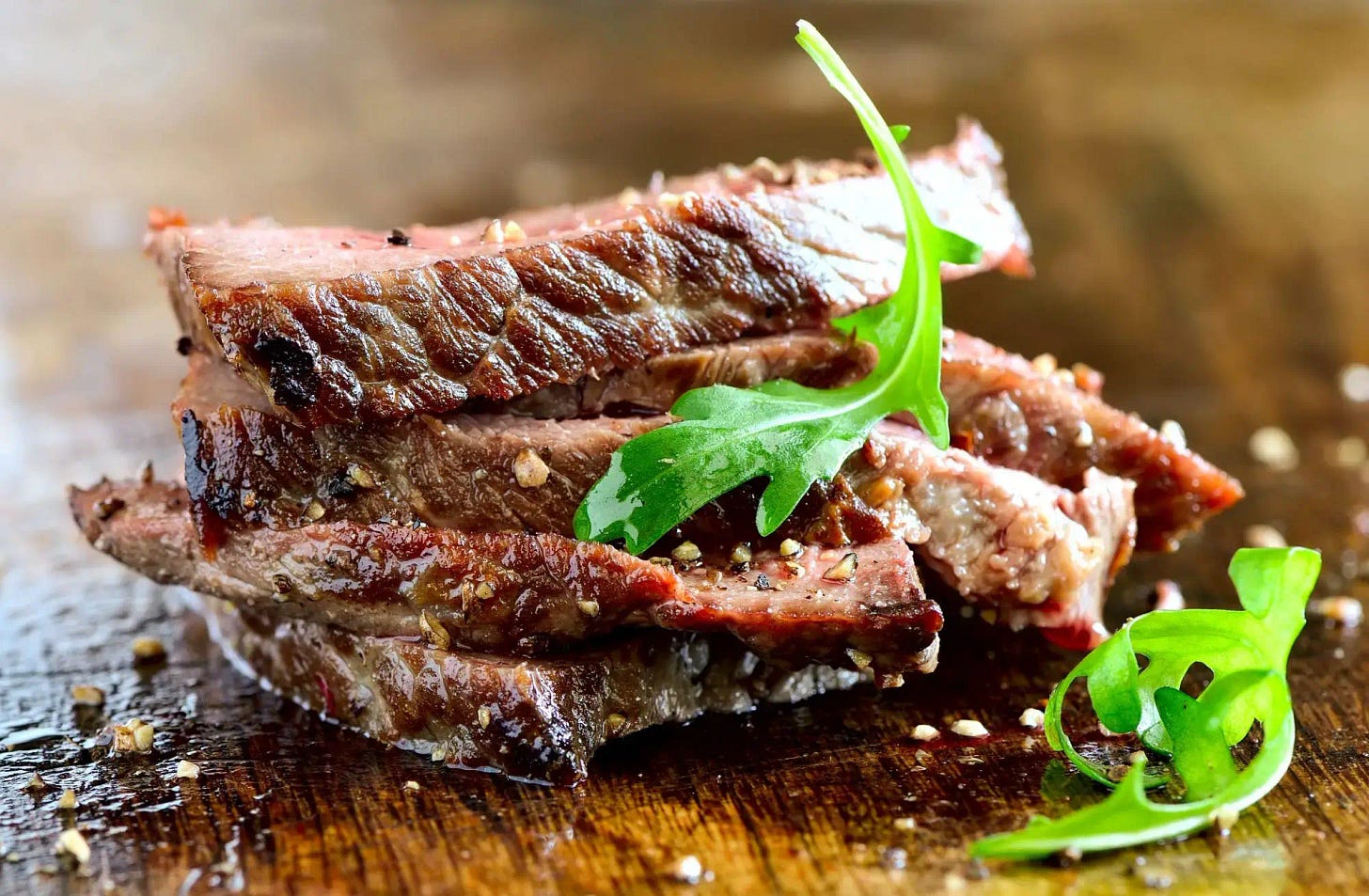
Protein derived from two-ounce-equivalents (oz-eq) of animal-based foods offers higher bioavailability of essential amino acids (EAA) than the same amount from plant-based sources, according to scientists at Purdue University.
The protein quality of a food or meal (i.e., the EAA content of a meal) is a major factor in determining how the body can use amino acids for muscle and whole-body protein building.
The Dietary Guidelines for Americans (DGAs) puts an emphasis on consuming a variety of protein foods based on ounce-equivalent portions with similar nutritional content. One oz-eq equals one ounce of meat, one whole egg, 0.25 cups of beans, or 0.5 ounces of nuts.
“The basis for the DGAs stating that these protein foods are ‘equivalent’ and have ‘similar nutritional content’ is unclear,” suggests Dr. Wayne Campbell, primary investigator on this study and professor in the Department of Nutrition Science at Purdue University.
Read more→ AandP.info/2rh
Scientists Successfully Extract Stable Antibodies From 800-Year-Old Medieval Human Teeth
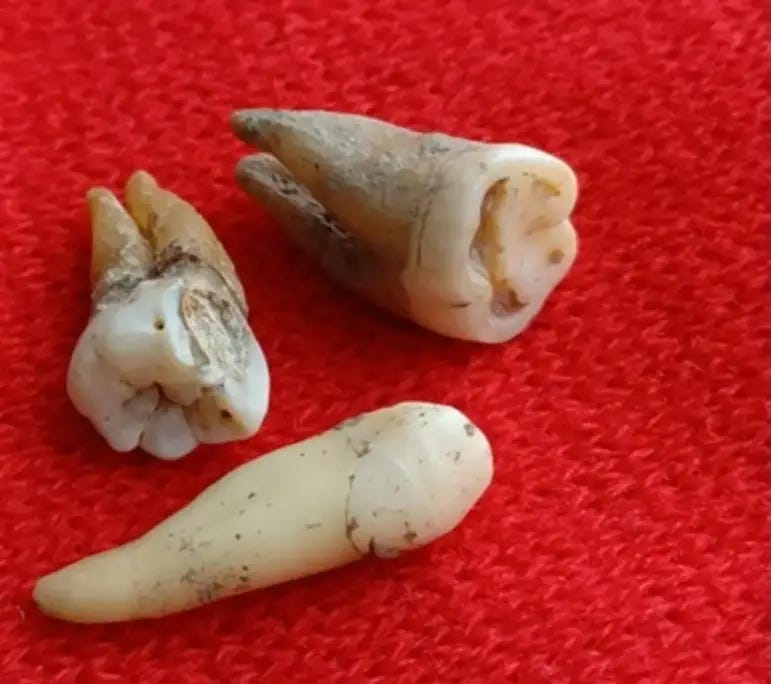
A recent study has discovered that teeth may have the ability to preserve antibodies for several centuries. This could provide scientists with a valuable resource for exploring the history of infectious diseases in humans.
Antibodies are proteins that the immune system generates in response to pathogens such as viruses and bacteria. These proteins function to identify these harmful microbes, enabling the immune system to target and eliminate them from the body.
In the new paper, published by iScience, antibodies extracted from 800-year-old medieval human teeth were found to be stable and still able to recognize viral proteins.
The study, led by Professor Robert Layfield and research technician Barry Shaw from the School of Life Sciences, University of Nottingham, in collaboration with Professor Anisur Rahman and Dr. Thomas McDonnell from the Department of Medicine at University College London, expands the study of ancient proteins, referred to as palaeoproteomics, potentially allowing experts to analyze how human antibody responses developed through history.
Palaeoproteomics can reach back into deep time with ancient proteins already successfully recovered and identified after preservation in 1.7-million-year-old dental enamel from an ancient rhinoceros and an ostrich eggshell more than 6.5 million years old. In this new study, the authors also found preliminary evidence that, like the medieval human teeth, mammoth bones nearly 40,000 years old appear to preserve stable antibodies.
Read more→ AandP.info/6rh
Stealing a Brain Hack: Exploration vs Urgency Shapes Memory and Learning
Researchers showed that when participants imagined themselves as art thieves scouting a virtual museum for a future heist, they had a better memory of the paintings they observed than those imagining executing an immediate heist.
This difference between exploratory and urgent mindsets could have implications for framing challenges such as vaccine promotion or climate action. The findings showed that the “curious” group, planning for the future, had superior recall, while the “urgent” group was more adept at discerning high-value items.
The study suggests different mindsets can have distinct advantages depending on the situation.
Key Facts:
Imagining themselves as art thieves preparing for a future heist, participants had a better memory of the paintings they viewed compared to those imagining executing a heist immediately.
Participants with an “urgent” mindset were better at identifying higher-value paintings, although they demonstrated weaker recall later.
The researchers believe that learning to strategically apply these different “modes” – urgent or curious – could be beneficial depending on the situation.
Read more→ AandP.info/cqi




